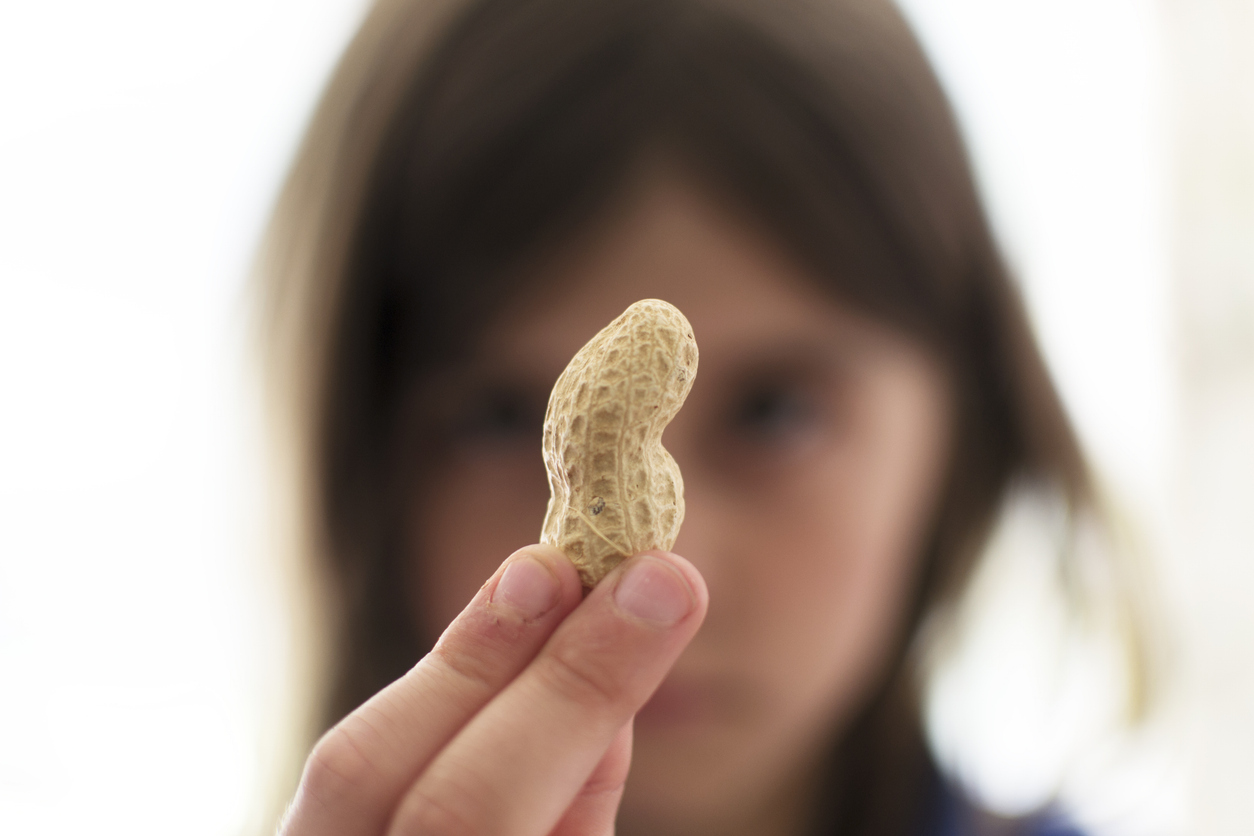A study published in the journal Beverages describes that fruit juice consumption during preadolescence is positively associated with the recommended intake of whole fruit, better diet quality, and lower body mass index (BMI) during adolescence.
 Study: Fruit Juice Consumption, Body Mass Index, and Adolescent Diet Quality in a Biracial Cohort. Image Credit: Africa Studio / Shutterstock
Study: Fruit Juice Consumption, Body Mass Index, and Adolescent Diet Quality in a Biracial Cohort. Image Credit: Africa Studio / Shutterstock
Background
Fruit is a rich source of many beneficial nutrients with antioxidant and anti-inflammatory properties. Regular consumption of fruit reduces the risk of various chronic diseases, including hypertension and cardiovascular diseases.
In the United States, the current dietary guidelines recommend that at least 50% of the recommended total daily intake of fruits for both children and adults should come from whole fruits. Whole fruit is considered healthier than 100% fruit juice because of its higher dietary fiber content and slower absorption in the gastrointestinal (GI) tract.
Although whole fruit and fruit juice have similar nutrient compositions, the consumption of fruit juice remains a controversial issue because of its high energy content and associated consequences of weight gain and metabolic disturbances. However, recent evidence suggests that fruit juice consumption does not increase the risk of overweight or obesity.
In the current study, scientists have explored whether preadolescence consumption of 100% fruit juice influences the likelihood of consuming whole fruit during adolescence. Moreover, they have determined the association of preadolescence fruit juice intake with diet quality and BMI during adolescence and at the end of adolescence.
Study design
Scientists utilized the data from the prospective National Heart, Lung, and Blood Institute’s National Growth and Health Study (NGHS) for the analysis. Specifically, the data collected over ten years for 1,921 Black and White girls aged 9 – 10 years at baseline were analyzed for diet quality. In addition, the data for 2,165 girls were analyzed for BMI.
The dietary intake of each participant was analyzed using 3-day diet records collected over a period of 8 years. In addition, diet quality was measured using the Healthy Eating Index, which was designed to evaluate whether the dietary intake of participants met the recommendations of the Dietary Guidelines for Americans.
Important observations
The participants were divided into four categories based on their intake of 100% fruit juice at baseline (preadolescence). The analysis of participants’ BMI revealed no statistically significant differences between these categories.
The participants consuming more fruit juice in the preadolescence period appeared to have a lower intake of proteins and fats and a higher intake of carbohydrates and whole fruits.
The highest intake of fruits, including whole fruits and 100% fruit juices, was observed among participants aged 9 – 10 years. A lower intake of whole fruits was observed among Black girls compared to that among White girls.
The analysis of data collected throughout adolescence revealed that participants who drank one cup or more of fruit juice per day in the preadolescence period consumed 0.44 more cups of total fruit per day in late adolescence compared to non-fruit juice drinkers. A similar pattern was also observed for the consumption of whole fruits.
Further analysis revealed that participants who drank one cup or more of fruit juice per day in the preadolescence period are 2.48 times and 2.12 times more likely to meet the dietary recommendation for total fruit and whole fruit intake in late adolescence, respectively. This likelihood further increased for participants who drank 1.25 cups or more of fruit juice per day in the preadolescence period.
The comparison between fruit juice consumption and BMI revealed that participants with the highest preadolescence intake of fruit juice have lower BMI throughout adolescence compared to those with the lowest preadolescence intake of fruit juice.
The participants with the highest fruit juice intake exhibited the lowest BMI in late adolescence. In contrast, participants with the lowest fruit juice intake exhibited the highest BMI in late adolescence.
Study significance
The study indicates that a higher intake of 100% fruit juice in the preadolescence period is associated with a higher intake of whole fruit and total fruit throughout adolescence. Moreover, the study identifies an association between higher preadolescence fruit juice intake with better dietary quality and lower BMI during adolescence.
Journal reference:
- Moore, Lynn, et al. “Fruit Juice Consumption, Body Mass Index, and Adolescent Diet Quality in a Biracial Cohort.” Beverages, vol. 9, no. 2, 2023, p. 42, https://doi.org/10.3390/beverages9020042, https://www.mdpi.com/2306-5710/9/2/42

 PARENTING TIPS
PARENTING TIPS PREGNANCY
PREGNANCY BABY CARE
BABY CARE TODDLERS
TODDLERS TEENS
TEENS HEALTH CARE
HEALTH CARE ACTIVITIES & CRAFTS
ACTIVITIES & CRAFTS

